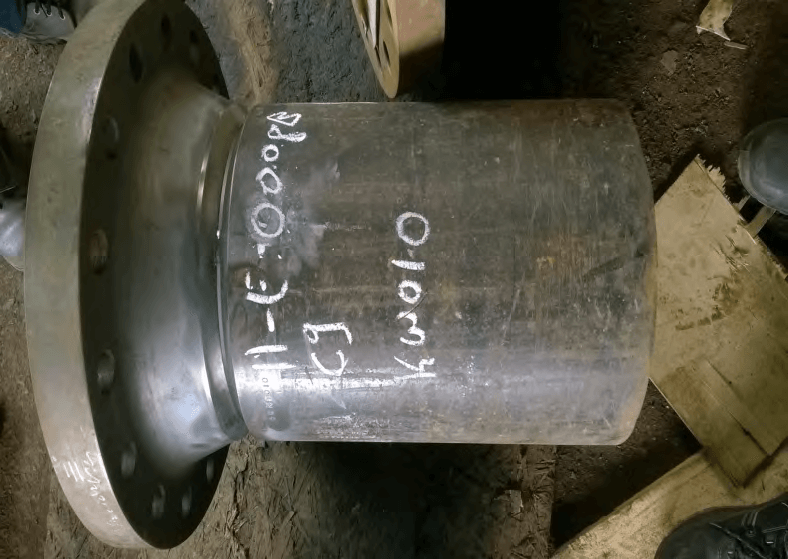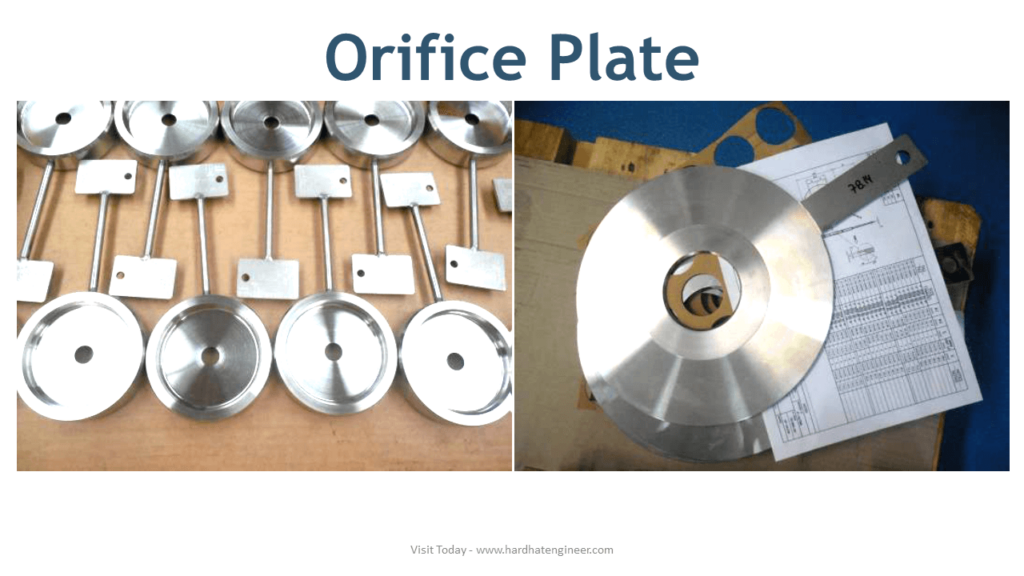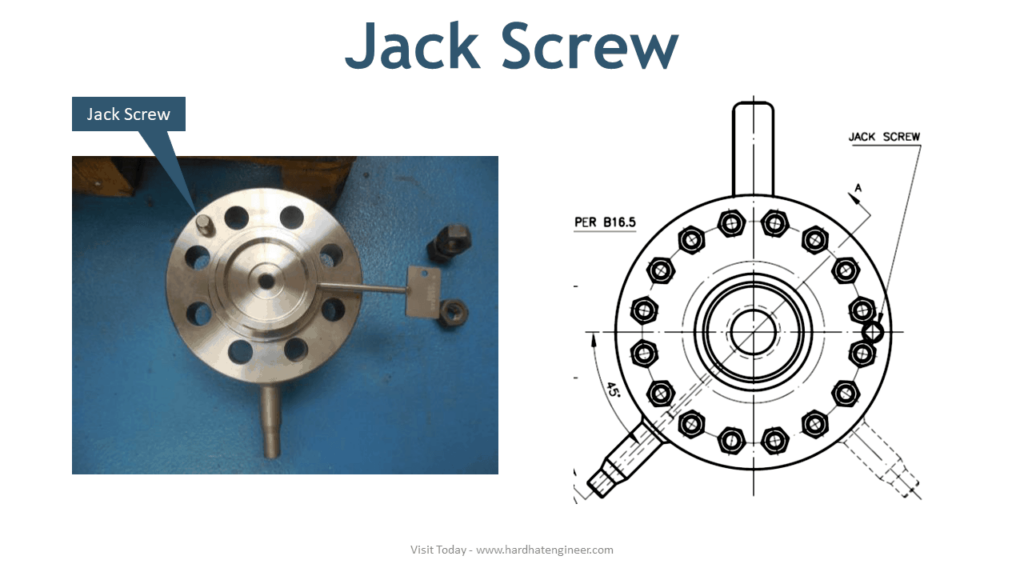Learn about the Orifice flange and long weld neck flange that is used in piping and equipment. Special flanges are not as common as regular flanges. They are used to serve some specific function within the piping system.
Orifice Flange
Orifice Flanges are used with an orifice flow meter which is why it is called orifice flanges. The purpose of the orifice meter is to measure the flow rate of either liquids or gasses that pass through the pipe.
These flanges are always used in a set of two. In this image, you can see the complete set of items that are used with an orifice flange.
Two flanges, Orifice Plate, Gaskets, Pressure taps, and Jack screw hole with two jackscrews. I will explain each of these.
Image Source: www.flowmfg.com
Orifice flanges are available from Class #300 to Class #2500. Class #300 flanges are available in threaded, slip-on, and weld neck end types. Whereas, Class# 600 and above flanges are available in only weld neck type end connection. Dimensions of these flanges are covered in ASME B16.36.
The orifice plate is a specially designed plate with a hole at the center that creates a pressure drop to measure the flow rate. Please note that the orifice plate is not interchangeable. It means you cannot use an orifice plate of water line into the hydrocarbon line.
The size of the hole and the angle, as shown in the image, are specifically designed for the service.
Flange and Olet Quiz – Test yourself, Take This Quiz
Unlock New Skills with Our Best Selling Online Courses
Next is the gasket. There are only two types of flange faces available in orifice flange. Raised face and RTJ face. Therefore, only spiral wound and RTJ gaskets are used that too in the set of two for each side of the orifice.
These jack screws are drilled on the flange circle centreline at 90 degrees to the tapped hole and used to facilitate separating the flanges for inspection or replacement of the Orifice Plate and gaskets.
Pairs of pressure “Tappings”, as highlighted in the image, are machined into the orifice flange. Note that these holes are directly opposite each other.
Tap holes are either tapped ½” NPT or ½” NPS socket connection. A one-tap hole from each flange is used to connect instruments with the help of a tube that allows liquid or gas to reach the instrument. You can see this in the image. The other hole is sealed with a plug.
Orifice Flange Installation
Orifice flanges are installed in a straight run of pipe in order to avoid turbulence at the plate. As a rule of thumb, an orifice flange has ten diameters of straight pipe upstream and five diameters of straight pipe downstream. In general, pressure taps are kept at the same elevation as each other.
Image Source: idSolutions
Orifice flanges are available in Class# 300, 600, 900, 1500, and 2500-pound ratings, and the Dimensions are covered in ASME B16.36. Images show the installation setup of an orifice flow meter.
Long Weld Neck Flange
As the name suggests, a Longneck flange has a long neck than a regular weld neck flange. Other than the neck, all the dimensions are the same as the regular flanges. You can see the difference in the image. It is used as a nozzle in the pressure vessel and heat exchanger.

Here, in these images, you can see that Longneck has two advantages over the normal pipe to flange connection. First, it does not require a pipe piece; second, it eliminates a weld between pipe and flange required in conventional nozzle connection.
These types of flanges are normally used in high pressure and temperature application. It is costly but highly reliable and reduces fabrication efforts compared to a normal pipe-to-flange type nozzle.
ASME B16.5 covers the dimensions of the long weld neck flanges.
Are You Piping Components Master?
Don’t Forget to Subscribe.









